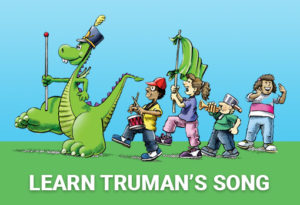Cultural Connections – November 2014
One of the great things about dance is that there are so many ways to do it. Most every country, tribe and culture has signature rhythms and moves that are expressed through dance. The Maasai people are known for their jumping dance. The Massai live in Kenya and northern Tanzania. There are about 500,000 to 800,000 members of this culture. They live mostly on the plains and are nomads. That means they don’t live in a house but rather, they roam the country looking for fresh food for their flocks. One of the dances performed by the Maasai is the jumping dance competition called the adumu. The young men perform the jumping dance to show their strength and stamina as warriors. They gather in a circle and sing while each one takes a turn jumping as high as he can. As the jumping increases, the voices get higher and higher. Like most cultures, the Massai have many dances that they perform on special occasions and even just for fun. One of the moves common in Massai dance is a lot of bending, but other than jumping, their feet usually stay on the ground. Check out this video showing a group of Massai people singing and dancing. –





